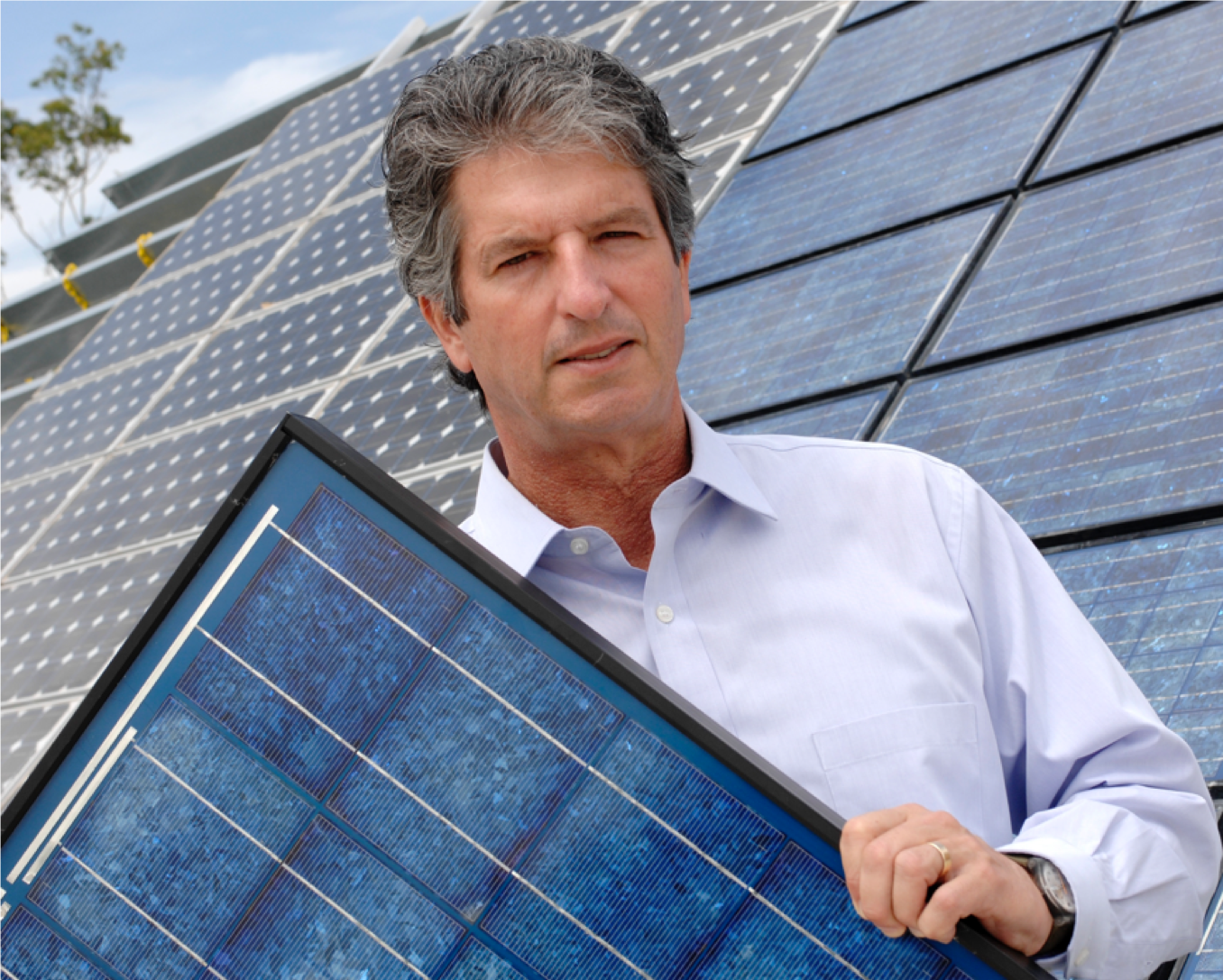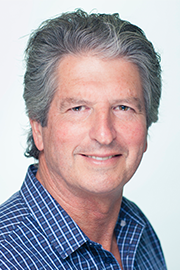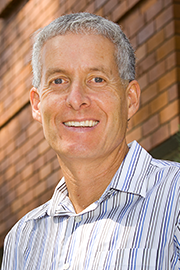In 1983, Professor Martin Green drew his first diagram of the passivated emitter and rear cell (PERC). Since then, solar panel technology has been revolutionized. In this interview, Professor Martin Green and Professor Andrew Blakers discuss their team's electricity-generating silicon solar cell invention and essential developments in the field, including a 40.6% solar cell module.
Can you tell us briefly about your role and how you began researching solar panel technology?
Martin Green - As an undergraduate student in the late-1960s, I became very interested in microelectronics, which was just taking off. Solar provided a way of channeling this interest into an area I thought would have a more significant social impact.
During my Ph.D. work in Canada, I discovered the excellent energy conversion properties of what are now called “tunnel oxide passivated contacts” (TOPCon). Fully exploiting these became the focus of my work when I set up the Solar Photovoltaic Group after joining UNSW Sydney in 1974.
Why is it essential that we develop innovative solar equipment?
Martin Green - The International Energy Agency has described climate change as “perhaps the greatest challenge humankind has faced”. Solar, along with wind energy, provides our best option for mitigating the worst effects of climate change by underpinning a massive global energy transformation away from our historical dependence on fossil fuels.
How far has solar panel technology come since Professor Green began investigating solar energy in the 1970s, and how has your solar cell technology transformed solar panel efficiency?
Martin Green - In early-1976, the best solar modules were 5-6% efficient and were estimated to have a field life of little more than one year. UNSW set its first solar module world efficiency record of 18% in 1988 using its “buried contact” cell technology, later commercialized by BP Solar.
In 1993, we made the world’s first 20% efficient solar module using passivated emitter and rear cells (PERC), increasing this to 23% in 1996, a record that stood for the next 20 years.

Professor Martin Green is a pioneer in solar cell technology and has recently won the Queen Elizabeth Prize for Engineering with three of his former students. Image Credit: University of New South Wales
Commercial PERC modules are now up to 21.6% efficient with up to 30-year warranties. Solar module efficiency is always a little lower than cell efficiency due to wasted space when cells are packaged into a module.
Can you tell us more about the revolutionary electricity-generating silicon solar cell, including its key advantages?
Martin Green - PERC stands for “passivated emitter and rear cell”, where “emitter” means the top surface. In our earlier work, we had set world records fixing up the top of the cell using a cell structure we called a “passivated emitter solar cell” (PESC).
We also fixed up the rear contact to the PERC. This increased the cell output voltage by reflecting electrons from the rear of the cell and increasing the output current by reflecting photons that had made it through the cell to the rear. Since the power output is the product of voltage and current, we saw a significant increase in performance.
What were your team’s first steps when manufacturing the silicon solar cell?
Martin Green - I drew my first diagram of a PERC cell in 1983. Around the same time, we got our first world record of 19% efficiency using the earlier PESC cell structure. We still had plenty of performance potential left with PESC, taking it to 20% efficiency in 1985 and 21% in 1988. By then, implementing PERC had become our priority.
The PESC device relied on a standard approach within the industry for the cell rear based on depositing and heating a rear layer of aluminum. This tended to suck all impurities out of the silicon wafer on top, allowing good cells to be made without the cleanest possible lab conditions. To implement PERC, we had to clean up our processing since we had to forgo this benefit.
This is where the work of my co-awardee, Andrew Blakers, was important. Before leaving to take up a Humboldt Fellowship in Germany in 1989, Andrew implemented improved processing conditions that enabled the first efficient PERC cell to be fabricated by my other co-awardee, Jianhua Zhao, in 1988.
After Andrew’s departure, my final co-awardee, Aihua Wang, got our first world record with the PERC approach when 22.8% efficiency was confirmed for one of her cells. The team of Dr. Wang and Dr. Zhao then further refined processing, leading to the first 23% efficient cell in 1989, the first 24% cell in 1994, and the first 25% efficient cell in 1999. This 25% result stood as the efficiency record for the next 15 years, encouraging PERC’s commercialization.
Do you believe solar cells have a strong future within our society?
Martin Green - Yes, definitely. Solar cells will provide the majority of the world’s electricity by 2040 or earlier.
Andrew Blakers - Solar will provide most of the climate change mitigation by displacement of fossil fuels.
What fundamental changes are needed before solar technology is ahead of the game in terms of installed capacity?
Martin Green - No fundamental changes are required. Each year over the last six years, there has been considerably more new solar capacity installed than the similar increases in capacity of coal, gas, and nuclear combined. We just need to accelerate solar and wind installations to displace fossil fuel use as quickly as possible if we are to combat climate change.
As solar and wind begin to dominate the electricity supply, we will need to increase the ability to transmit large amounts of electricity over long distances and to provide more energy storage. However, the technology for doing this in terms of batteries and pumped hydro storage already exists.
Andrew Blakers - Solar already has global dominance. It constitutes half of all new generation capacity being installed around the world. See this short article: https://www.pv-magazine.com/2023/01/25/the-fastest-energy-change-in-history/
Do you have any new solar panel research you would like to discuss?
Martin Green - Although the best commercial PERC modules are 21.6% efficient, our team at UNSW holds the world record for module efficiency at 40.6%, nearly double this value. While PERC modules are suitable all-round converters, this higher efficiency is obtained using specialized converters for different colors in the solar spectrum.
If you stack a solar cell made from a different material from silicon that responds better to the higher energy blue photons in sunlight on top of a silicon cell, it will absorb and convert these more efficiently with the rest passing through to the silicon cell. The overall efficiency is then increased.
In our 40.6% module, we use four cells to convert different parts of the solar spectrum, but some of these are very expensive. We are trying to find cheap materials for the same job within our research.
How will your team’s research help make a difference for developers in these areas?
Martin Green - Improved efficiency is important to reducing costs since it reduces:
- The number of modules that are needed for any given power output
- Material required in the modules, such as glass coversheets, aluminum frames, and silicon wafers
- Transport and installation costs
- The cost of mounting structures and wiring, since fewer modules need to be installed.
All these costs have become more important as the cells' costs have been reduced.
What key challenges is the world facing in transforming our energy system?
Martin Green - The main challenge is moving quickly enough to keep global temperature rise tolerable. Electricity supply and private vehicular transport offer the most immediate prospects for rapid change, with industrial processes such as steelmaking requiring longer-term efforts.
Andrew Blakers - A key challenge is a determined opposition from vested fossil fuel interests, including extensive disinformation about climate change and the capability of solar and wind to replace fossil fuels.
What challenges has your team faced during research, and how have these been overcome?
Martin Green - As a team leader and founder, my biggest challenge has been maintaining a steady funding stream to hold our team together. Fortunately, for a claim of solar cell efficiency record to be accepted, independent confirmation of the result by a recognized test center is required. This independent confirmation of our team’s progress has been critical to our success.
Where can readers find more information?
A series of video presentations on all aspects of solar can be found at our YouTube sites:
https://www.youtube.com/user/UNSWSPREE/videos
Andrew Blakers' article on mass storage:
https://energycentral.com/c/cp/mass-storage-solved-problem
About Martin Green
 Martin Green was born in Brisbane, Australia, and educated at the University of Queensland and McMaster University, Canada.
Martin Green was born in Brisbane, Australia, and educated at the University of Queensland and McMaster University, Canada.
After completing his Ph.D. at McMaster, he joined the University of New South Wales, Sydney, where he is now a Scientia Professor and the Founding Director of the Australian Centre for Advanced Photovoltaics, involving five other Australian Universities and research groups.
His group’s contributions to photovoltaics include the conception and development of the “PERC” solar cell, now accounting for 90% of global production, and holding the record for silicon solar cell energy conversion efficiency for 30 of the last 40 years, regarded as a “Top Ten” milestone in solar photovoltaics history, with this history now extending over nearly 200 years.
Major international awards include the 1999 Australia Prize, the 2021 Japan Prize, the 2022 Millennium Technology Prize presented in Helsinki, and the 2023 Queen Elizabeth Prize for Engineering (with three of his former students).
About Andrew Blakers
 Andrew Blakers is Professor of Engineering at the Australian National University. In the 1980s, he designed and fabricated silicon solar cells with world record efficiencies. He was a lead developer of the PERC silicon solar cell, which has most of the global solar market and is mitigating 1-2% of global greenhouse gas emissions through displacement of coal.
Andrew Blakers is Professor of Engineering at the Australian National University. In the 1980s, he designed and fabricated silicon solar cells with world record efficiencies. He was a lead developer of the PERC silicon solar cell, which has most of the global solar market and is mitigating 1-2% of global greenhouse gas emissions through displacement of coal.
Andrew was a lead developer of Sliver solar cell technology, the subject of a large commercialisation effort by Transform Solar. He analyzes pathways to a 100% renewable energy future, which can mitigate about 80% of global greenhouse emissions.
Andrew's team identified vast energy storage potential to support variable solar and wind generation through a global atlas of 600,000 sites for off-the-shelf gigawatt-scale pumped hydro storage.
Disclaimer: The views expressed here are those of the interviewee and do not necessarily represent the views of AZoM.com Limited (T/A) AZoNetwork, the owner and operator of this website. This disclaimer forms part of the Terms and Conditions of use of this website.